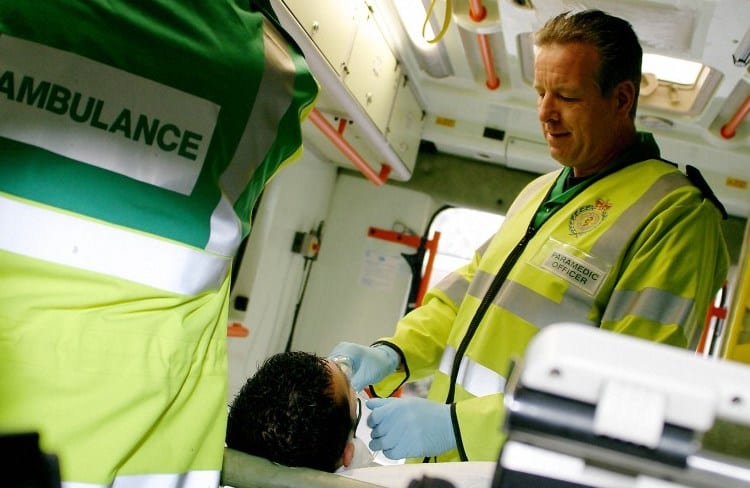Laura Simmons presents at the Division of Occupational Psychology Annual Conference 2019

CaHRU and Lincoln Institute for Health PhD student Laura Simmons presented her research into sickness absence in the ambulance service at the British Psychological Society’s Division of Occupational Psychology Annual Conference on the 11th January 2019. The 2019 theme for Continue reading Laura Simmons presents at the Division of Occupational Psychology Annual Conference 2019



